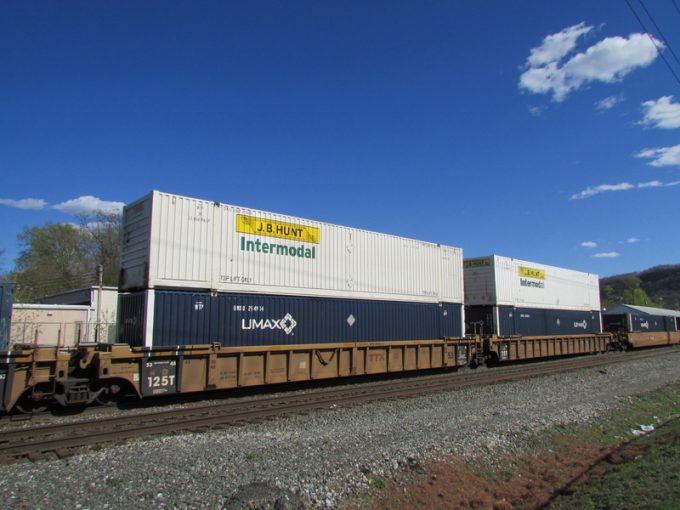The Loadstar leader: Tracking history may help rail's new golden age of M&A
Project 2025 author Kevin Roberts – the reported blueprint for Trump’s returning administration – has ...

US railways and ports have shaken off the congestion that had weighed heavily on their operations, but this has not lifted their intermodal fortunes.
The second quarter showed a further decline, resulting in an almost 10% drop in intermodal unit count for the first half of ...

Comment on this article